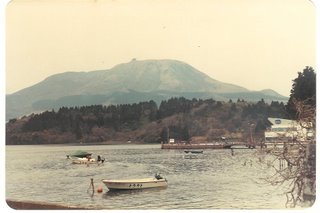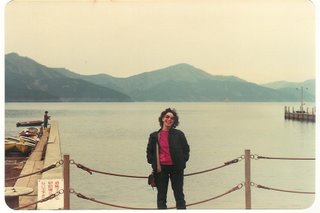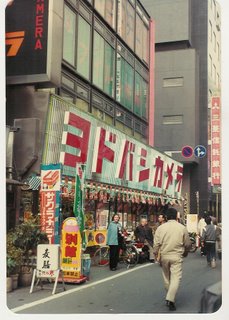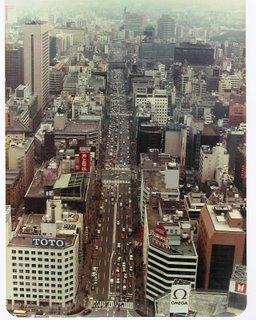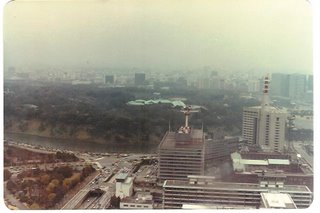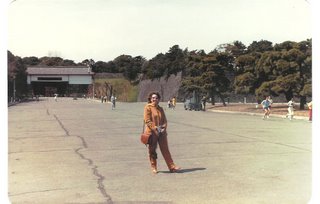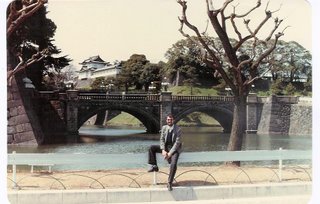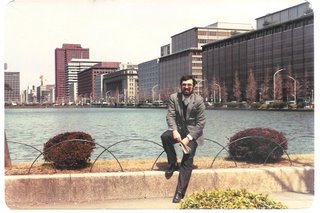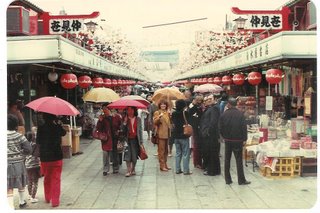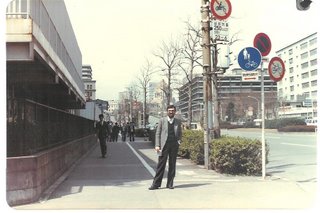


"KOWLOON - In front of the Regent and New World Hotels, with a view to Hong-Kong Island. The Peninsula tower, with the world famous views from its toilets at the top floor restaurant and bar, was not there yet. It came to life in 1994 only..."
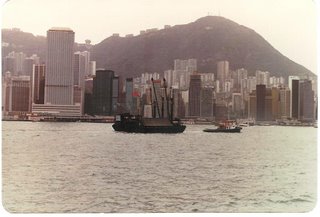
"STAR FERRY - Crossing Victoria Harbour from Tsim Sha Tsui to Central"
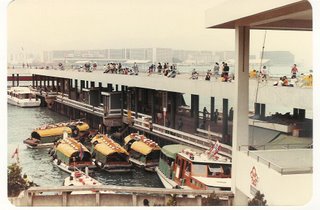
"CENTRAL - Star ferry arrival at Central"
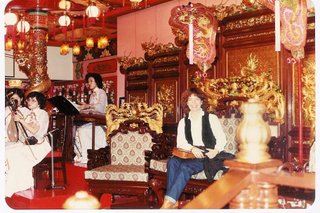


"ABERDEEN JUMBO - Shrimps' dinner and further entertainment..."

"NEW WORLD HOTEL - Inner court"




"THE TIGER BALM GARDENS, created in 1935, are also known as Aw Boon Haw Gardens, from the name of its creator, who made his fortune from the sale of a curative balm. They cover three hectares of land, in the midst of high-rise apartments at the edge of Causeway Bay, with a somehow surrealistic conglomeration of animals, pagodas, and many other objects. Some call it a kind of Chinese Disneyland..."


"VIEWS of the harbour and the city from Victoria Peak"

"REPULSE BAY was by that time basically a well-to-do residential areawith a relaxed resort-like atmosphere"



"ABERDEEN HARBOUR by day. The hundreds of people living on fishing junks make a curious mix with people living in the modern high-rise buildings of the nearby hillsides"

"CONNAUGHT ROAD - Home to the Mandarin Oriental, and many other interesting places..."


